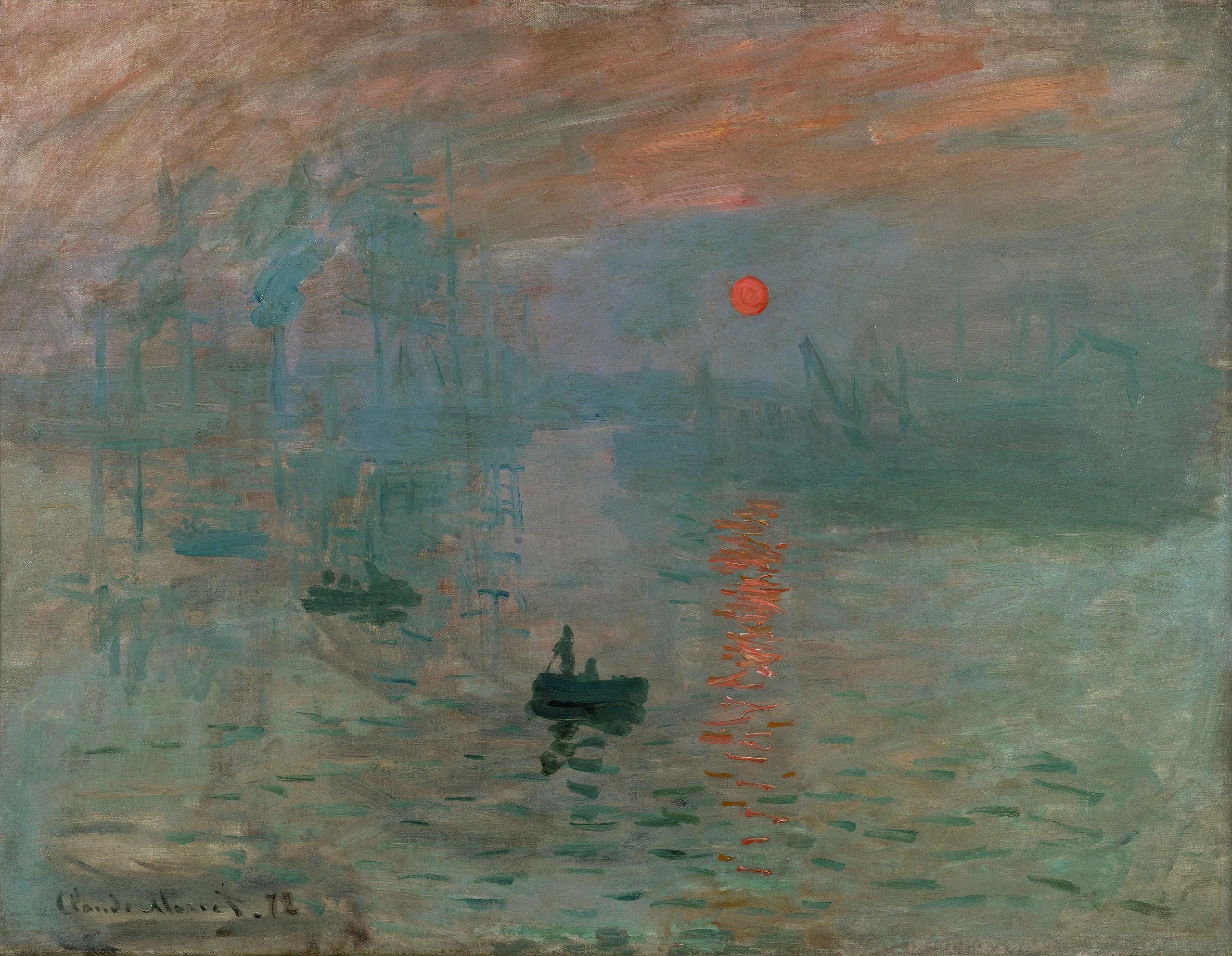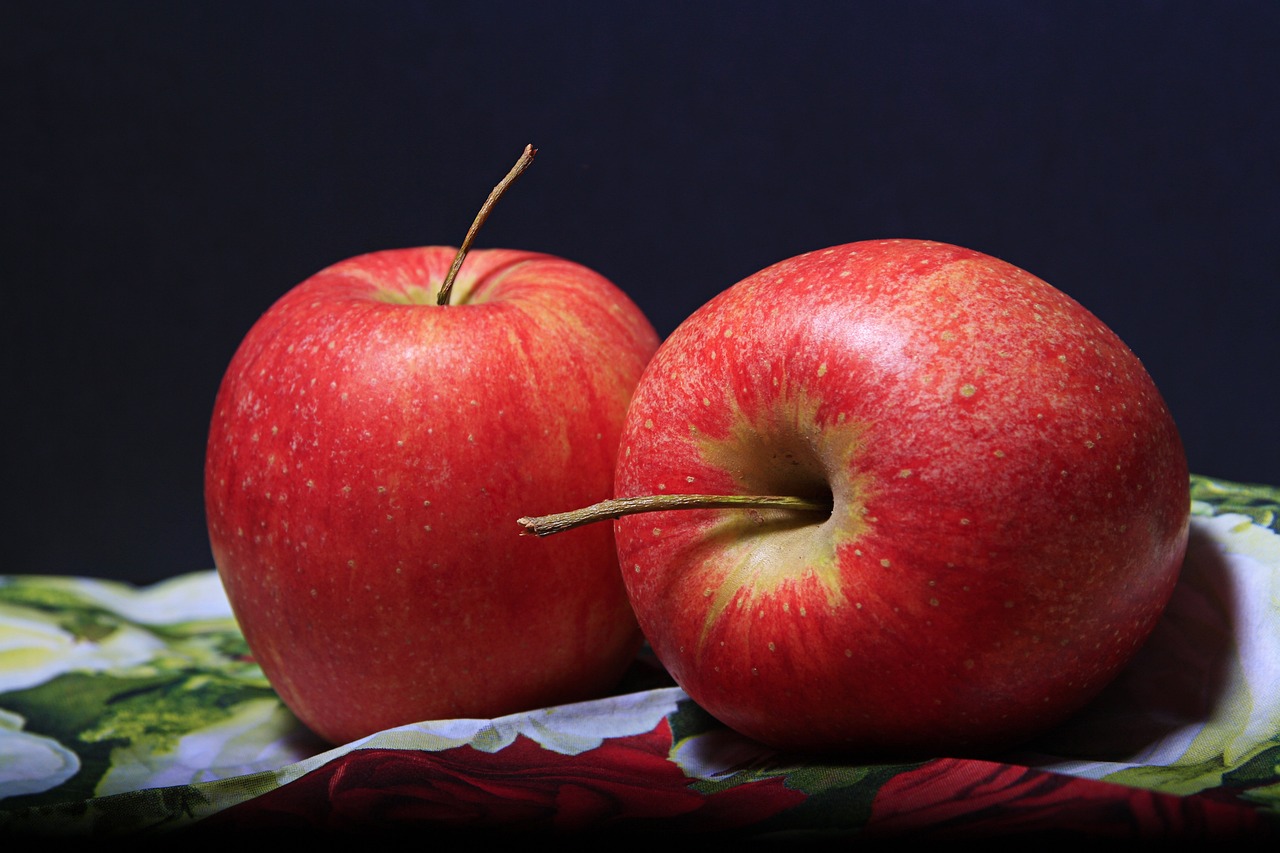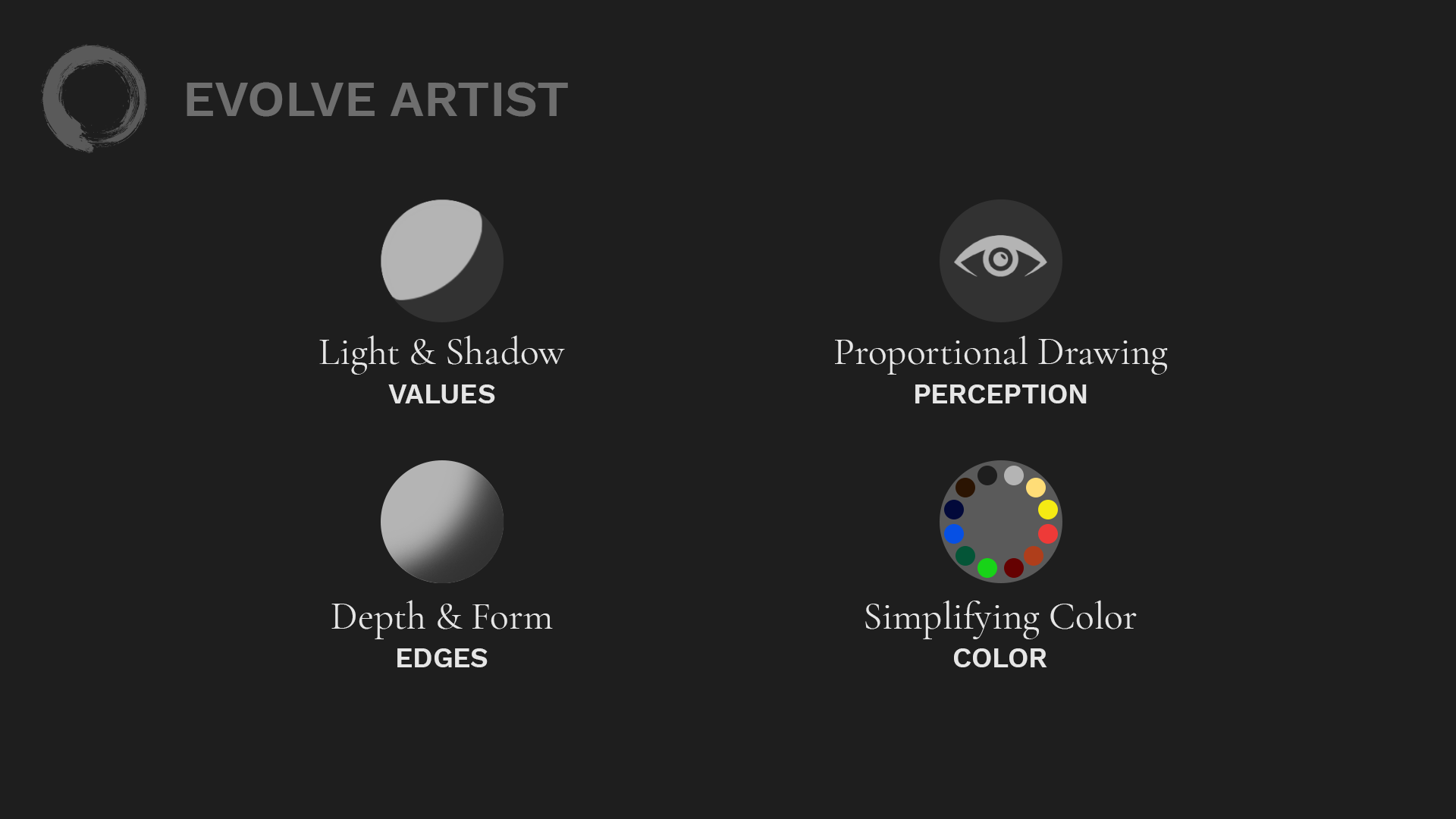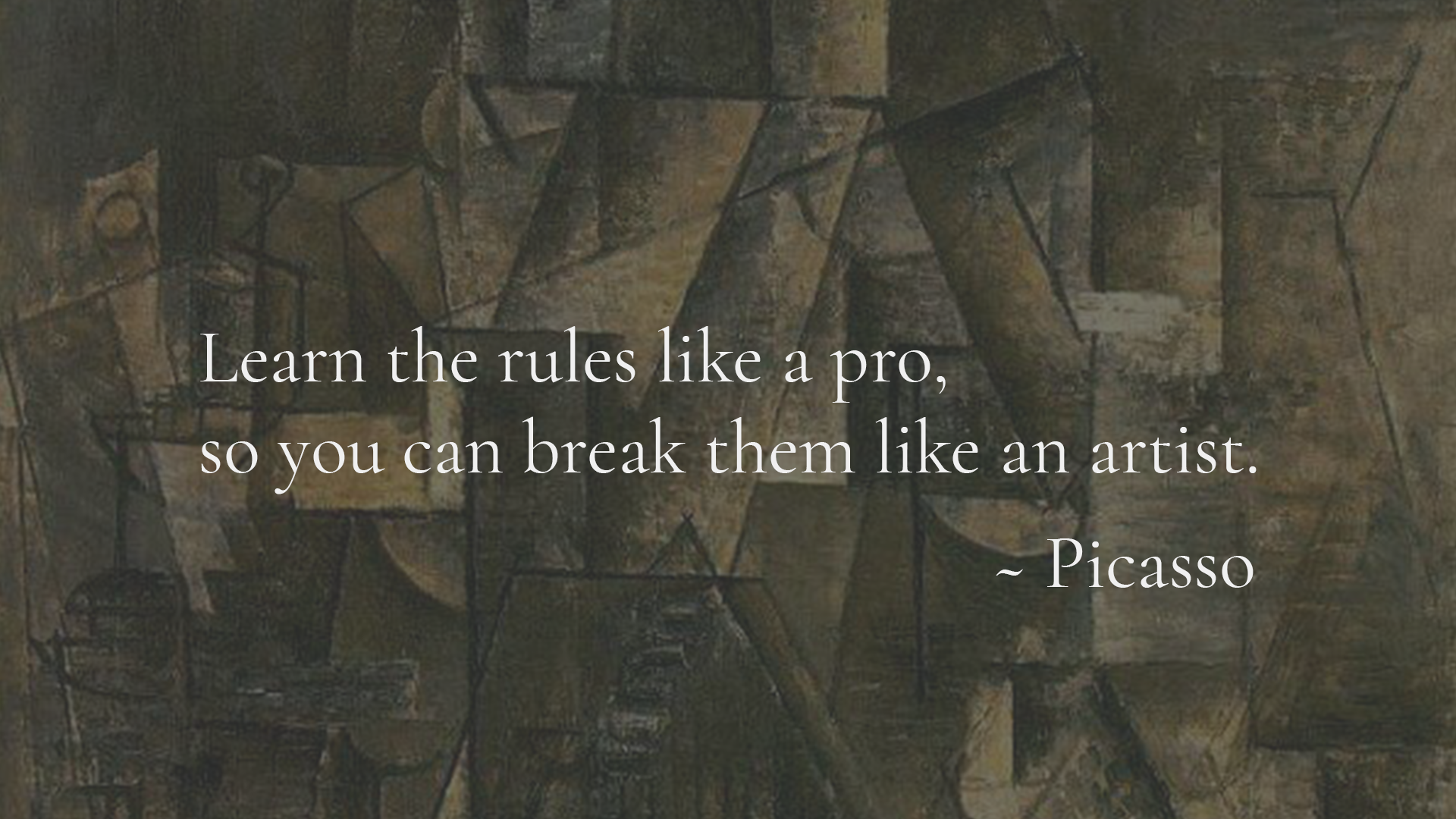You can't learn to paint without learning realism. Even if your passion is abstract art, you need to learn how to paint realism.
Why? Because your intent matters. It's about knowing what you want and then having the visual language to create it. That's what you need and that's what realism as an approach to art gives you. In this post, we’ll explain why you need to realism to learn art, and how to start painting realism.

This is a beautiful example of Kevin Murphy’s work in realism (a portrait of his daughter). Kevin believes that learning how to paint realism first is essential when learning art.
Want to Learn How to Paint Abstract and Impressionist Art? Learn Realism First.
Why would somebody want to become an artist? They want the freedom to express themselves. But you can’t have this freedom without learning the foundational skills of realism. All the Impressionists were classically trained. All of them. They couldn't have done what they did without classical training. It would have been impossible.

While it’s tempting to emulate the works of Claude Monet right away (Above: Impression, Sunrise) learning how to paint realism is a necessary first step.
Realism is a necessary stepping-off point for your education. You need to learn realism to learn how to paint. If you don't want to draw things that are in the real world and instead draw from your imagination, you still have to be able to represent what you intend. By learning how to paint realism first, you develop the skills to represent what you envision, even if it’s abstract.
Realism defines the intention
Realistic art forces you to be very specific. If you're drawing an apple, it has to look like the apple in front of you. Without this objectivity an instructor can't guide you because they have no idea what your intent is. Did you mean to paint that green or red? Is it supposed to be that or should it be purple? There's no way to know. The student can very easily say, “I meant it to be like that” even if there are clear areas of improvement

If the intent is clearly defined, like painting a realistic apple, the teacher can provide objective guidance. Credit: 955169 / 231 images pixabay.com
But if you're painting something that's up on a table in front of you or working from a photo and you are trying to faithfully copy it, the teacher can look at it and say, “Okay, you're struggling with your red mixtures, you're struggling with your sharp edges and your gradients. Your values are off.” The teacher can see it because they know the intent because it has been defined for you.
From realism to other art styles
Once you master the skills of value, edges, color, and perception, you don't need a guide watching over your shoulder anymore. You have the freedom to expand into whatever you want with whatever intent. Whether it's staying in realism, going in the direction of hyperrealism, or even full abstraction, the skills still apply. Any abstract painting you've ever seen still has values, colors, and edges. So, at the far end of the spectrum, away from hyperrealism, the same components are being used.
Mastery of those components requires education - a guided experience. The guided experience cannot be given if you're not faithfully representing something that's in front of you that both you and the teacher can see, that you're trying to match and so your teacher can point out your shortcomings.

Whether it’s hyperrealist or abstract, all paintings require the student to master foundational skills, such as values, colors, and edges.
What if you just want to paint like Picasso? Isn’t this the long way around?

Despite breaking all the rules, Picasso still believed in a traditional education in realism.
No. Whether you are painting realistic art or abstract art, the process is the same.
We look at something like an apple on a table. We don't simply look at it with our eye and then pull the information from our eye and put it down on a canvas. We filter it through our brains. Our brain tells our hand what to do, what color to mix, and where to put the mark. Your brain does all the same work whether you are drawing an apple on a table, or creating something completely out of your imagination. If you haven't developed a level of precision in that decision-making process and the application of the material, you're just throwing paint at a canvas and hoping something comes of it.

Picasso’s early work in realism set the foundation for his later boundary-pushing art (Above: “Science and Charity,” 1897)
Picasso was classically trained, and he believed very firmly in education. He said, “Learn the rules like a pro, so you can break them like an artist.” This is the guy who broke all the rules and he believed in a solid education, and not just any education, a traditional education of realism, because that's the launch pad.
Education requires a lot of rules, and it has to be very strict. But once you're educated, you're free to do what you want with it. Education just holds you up. It supports the decisions you make in whatever style of art you produce.
How to Start Painting Realism
Evolve Artist gives you the guided education you need to reach artistic mastery – all through teaching, you guessed it, realism.
Need a place to start? Click HERE for a FREE Oil Painting for Beginners mini-tutorial. Click HERE to read the first post in our Fundamentals of Art Series. If you’re ready to start your journey towards making pro-level art, join Evolve Artist HERE.
This is the first post from our Teaching Methodology series, breaking down how Evolve can get students to pro-level painting skills in just 1 year. Subscribe to stay posted!
Happy painting!
